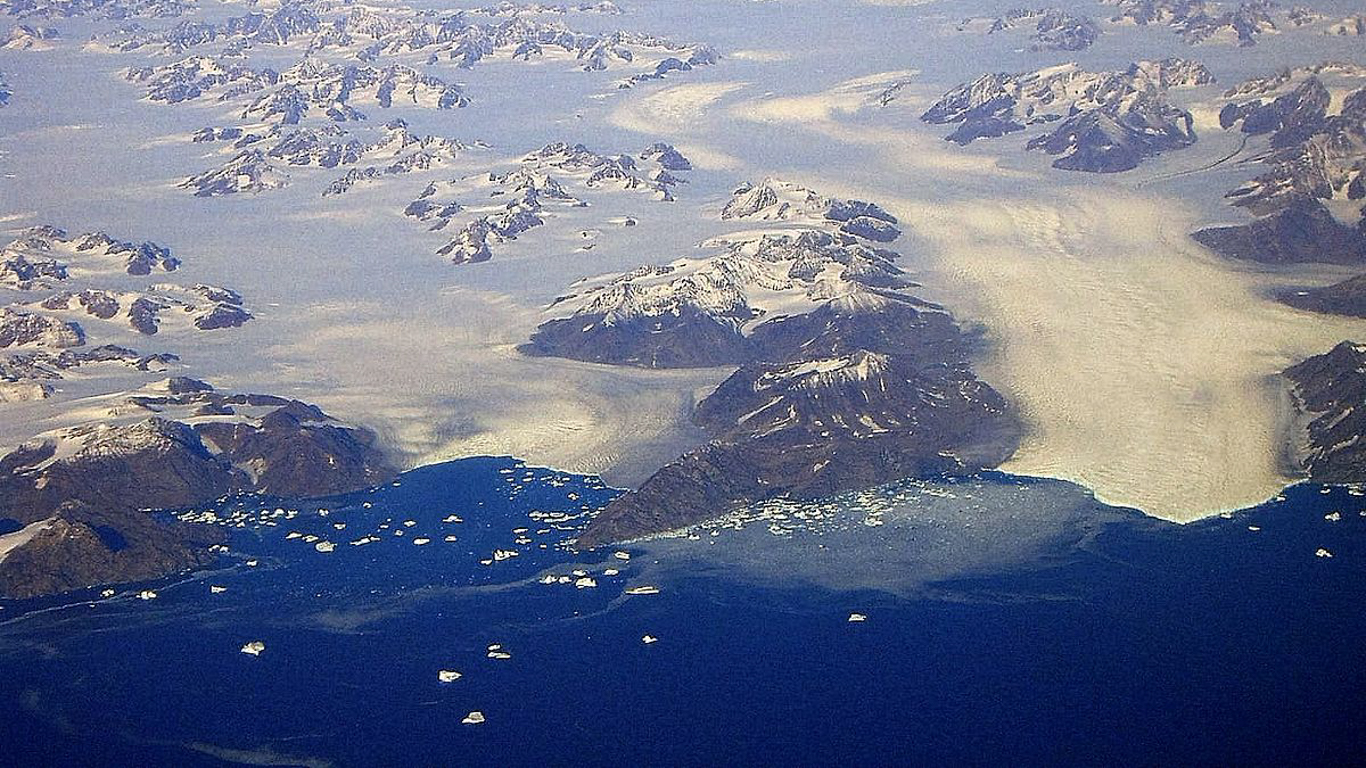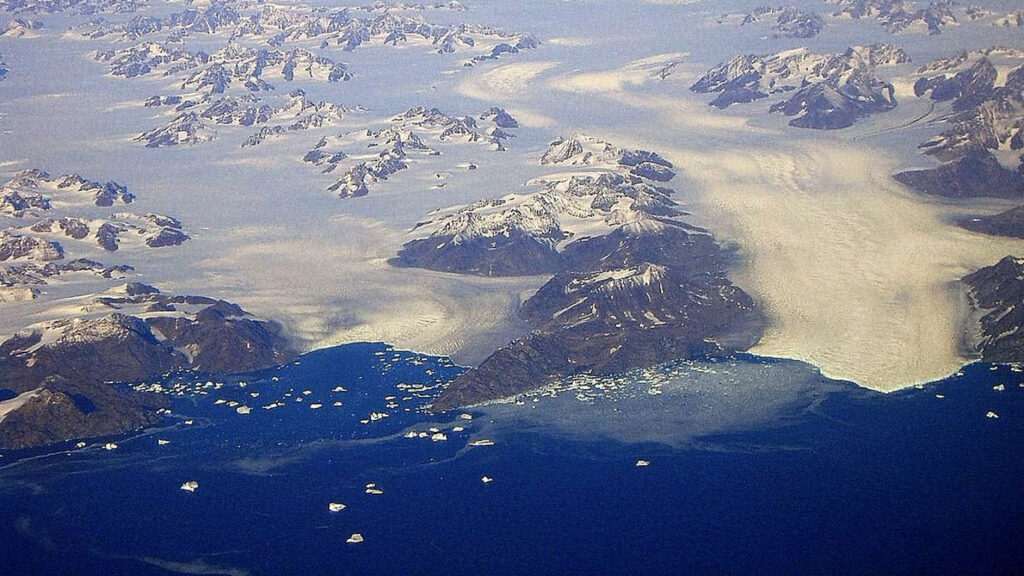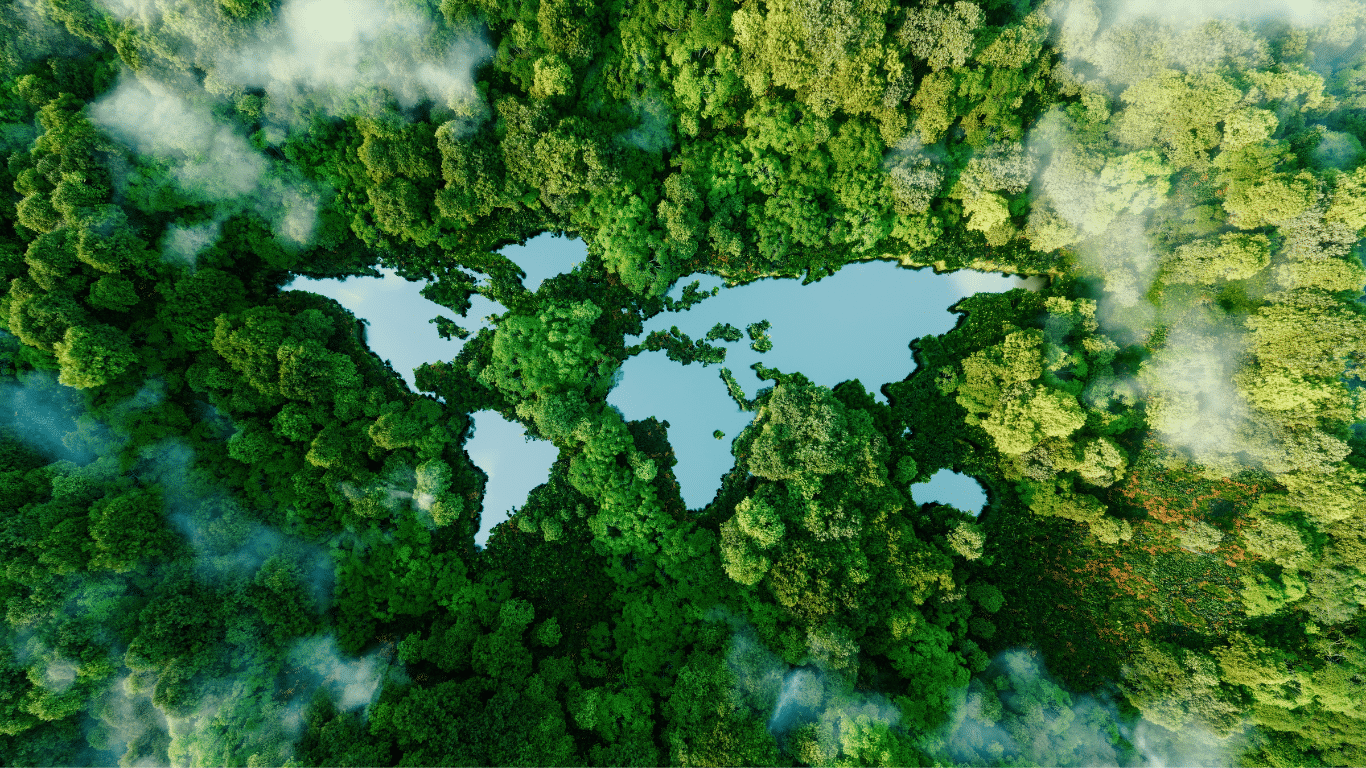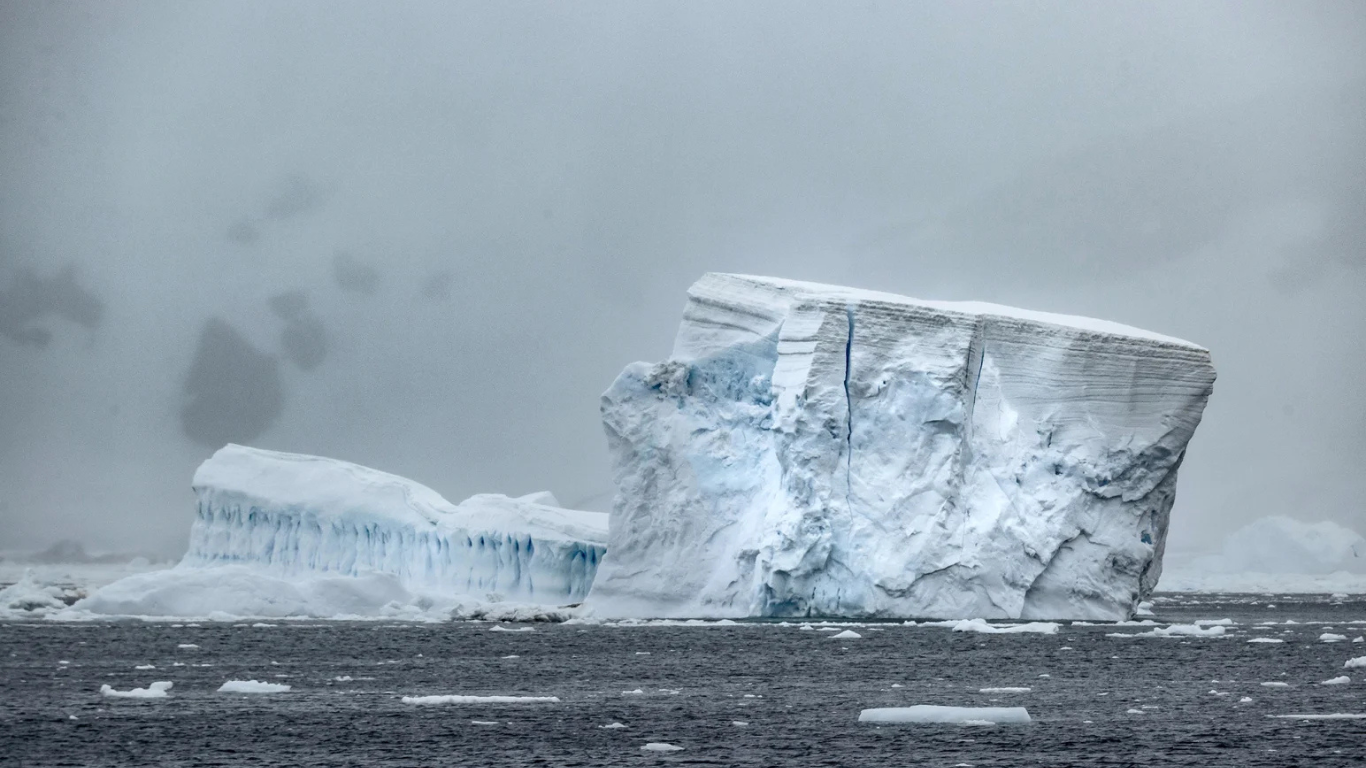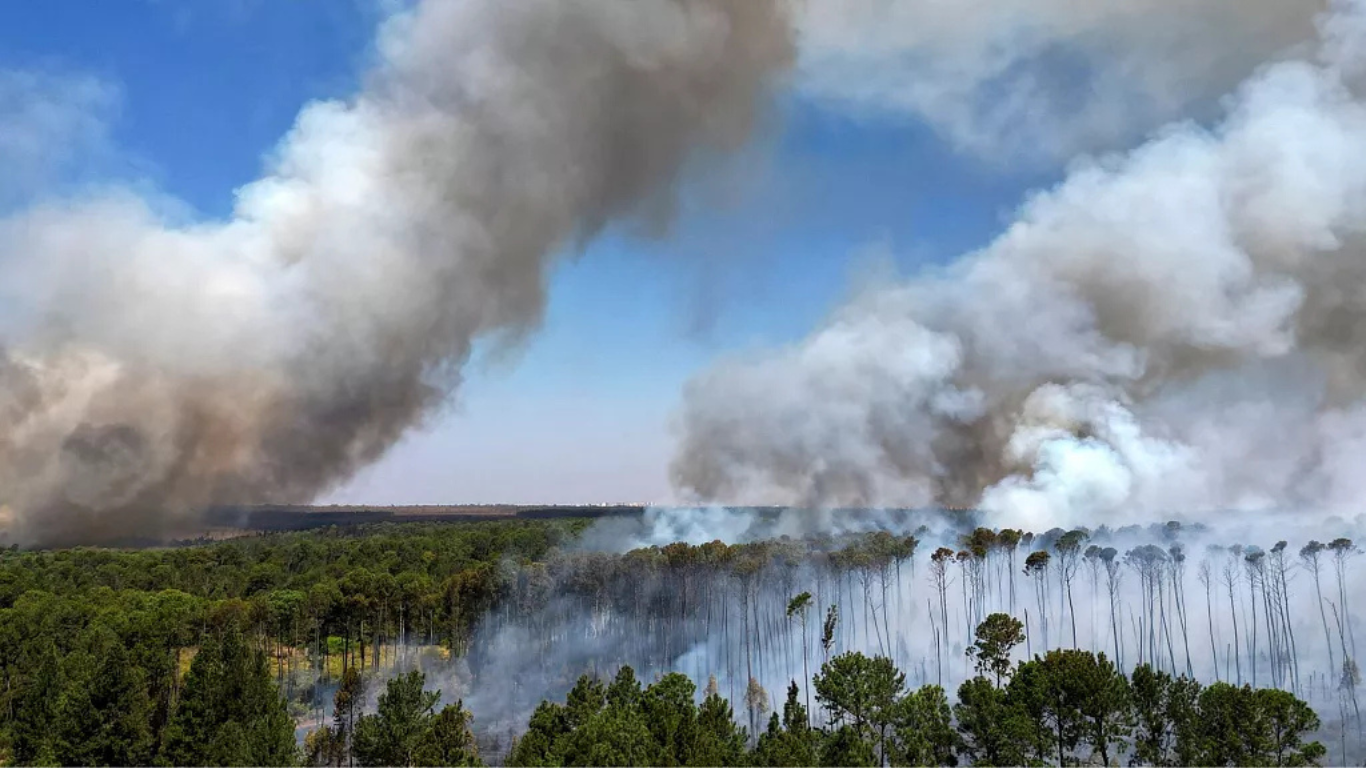The Steenstrup Glacier in northwestern Greenland used to be one of the country's most stable glaciers. But a new study published in Nature Communications revealed that the ice formation now ranks in the top 10% of glaciers contributing to all ice melt in the region.
From 2018 to 2021, the glacier retreated a staggering 8 kilometers (5 miles), which is a significant and unusual amount of change. According to researchers, the formation thinned by around 20% and contributed double its usual ice flow into the ocean.
Steenstrup Glacier is situated in shallower and more isolated waters in comparison to other glaciers in the region, leading experts to believe that it was largely unaffected by rising temperatures, even while other Greenland glaciers experienced dramatic declines.
“Our current working hypothesis is that ocean temperatures have forced this retreat,” said Thomas Chudley, lead author of the study. “The fact that the glacier’s velocity has quadrupled in just a few years opens up new questions about how fast large ice masses can really respond to climate change.”
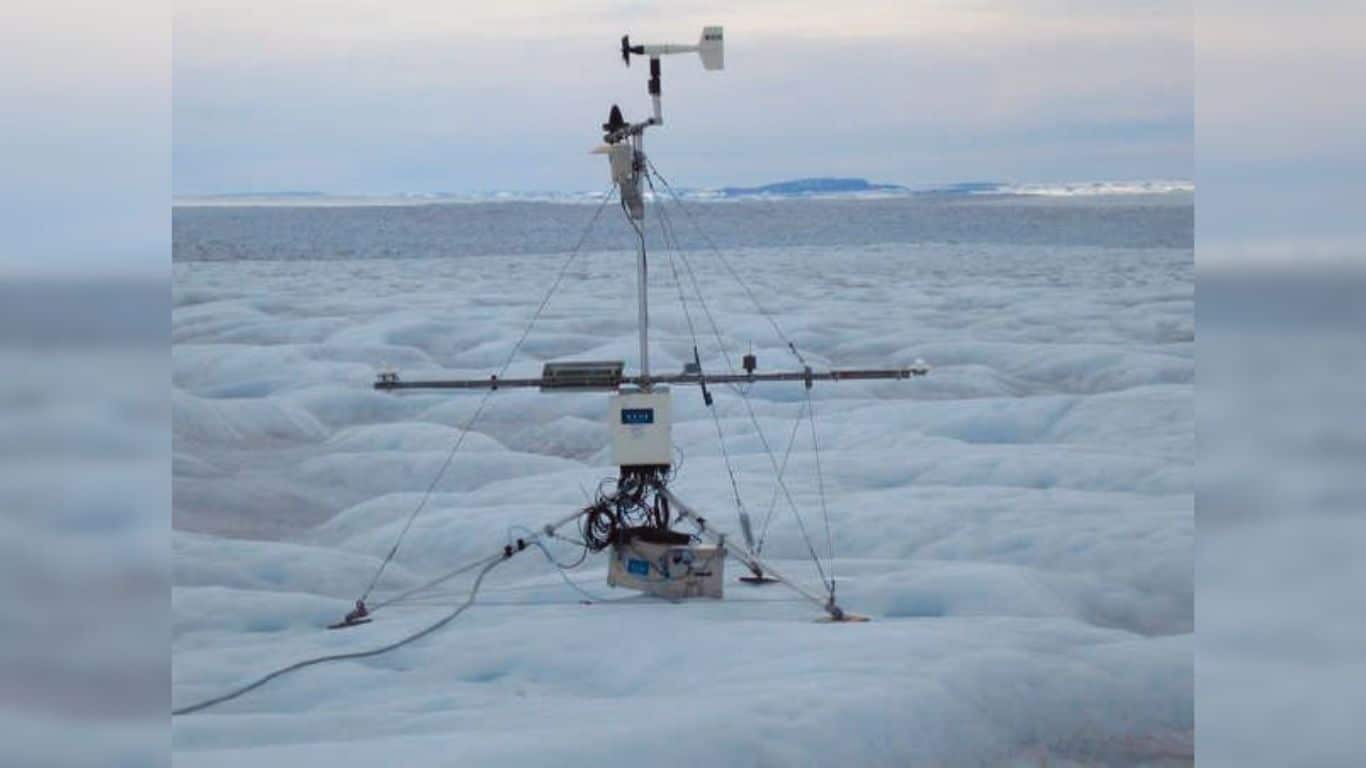
Ocean temperatures are rapidly increasing. The most recent record-breaking ocean surface temperature was a 21.1°C (70°F) average recorded in early April of this year, surpassing the former highest mark of 20.0°C (68°F) in 2016. Scientists are worried about glaciers because of rising temperatures, especially when a glacier like Steenstrup, which was long stable, is now retreating and releasing ice at unprecedented rates.
Greenland is particularly susceptible to warming. The University Corporation for Atmospheric Research estimates that while the average global temperature has climbed by 1°F over the past century, they have skyrocketed by around 7°F since the 1990s in Greenland. Greenland loses around 234 billion tons of ice annually, which means there is more ice melting there than ice being created.
The retreat and ice outflow of Greenland’s ice formations contributes to rising sea levels, which endangers coastal communities. Further research and observation for the Steenstrup Glacier is crucial, but the uncovering of its abnormal retreat is also a warning for scientists to investigate what is occurring for similar glaciers and the potential implications for sea level rise in the future.
Banner credit: Wikipedia

